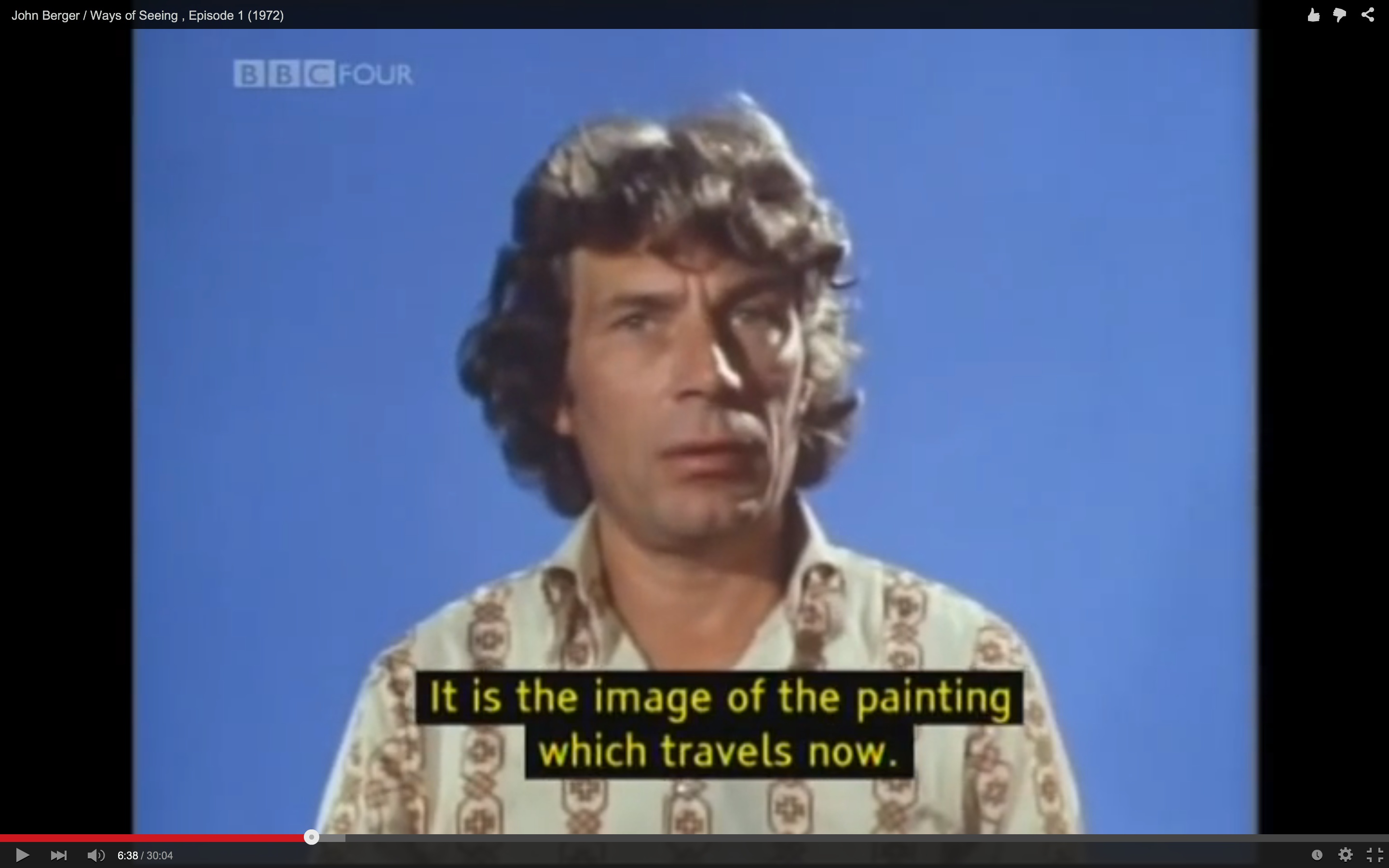

he will almost certainly change the way you look at pictures.' By now he has. First published in 1972, it was based on the BBC television series about which the Sunday Times critic commented: 'This is an eye-opener in more ways than one: by concentrating on how we look at paintings. The relation between what we see and what we know is never settled.' John Berger's Ways of Seeing is one of the most stimulating and influential books on art in any language. It is seeing which establishes our place in the surrounding world we explain that world with words, but word can never undo the fact that we are surrounded by it. The child looks and recognizes before it can speak.' 'But there is also another sense in which seeing comes before words. You can follow her on Twitter and Instagram.Based on the BBC television series, John Berger's Ways of Seeing is a unique look at the way we view art, published as part of the Penguin on Design series in Penguin Modern Classics. She is the author of American Hookup, a book about college sexual culture a textbook about gender and a forthcoming introductory text: Terrible Magnificent Sociology. Lisa Wade, PhD is an Associate Professor at Tulane University. (Btw, there is a pretty awesome moment at 4:38 of the third installment.) (No doubt, his call for skepticism certainly can be applied to Sociological Images.)īut reproduction and the multiplication of meaning also makes it easier to make connections and have personalized reactions. The art critic, for example, tells us what to think about a piece of art. He then talks about how our experience of art is mediated by media (whether it be an art book or a discussion of art in a television program), so that our reaction to it is inevitably shaped by its re-interpretation. This, he argues, has multiplied a work of art’s possible meanings.Īs an aside, he makes an interesting argument that the obsession with authenticity - “usually linked with cash value,” he says, “but also invoked in the name of culture and civilization” - is actually “a substitute for what paintings lost when the camera made them reproducible.”



No longer something we pilgrimage to, to consume in a very specific context, they come to us. The episode is a bit slow (for my taste), but has some interesting ideas.įirst he argues that the ability to reproduce works of art in books, on posters, postcards, and television screens means that art is experienced in a decontextualized way (or in the context of, say, your living room). In the first episode of the documentary (in four parts below) he asks how the ease of reproduction made possible by the camera (both still and moving) has changed the meaning of art. Berger was is a artist, author, and art critic. alerted us to the availability of the first episode of John Berger’s 1972 BBC documentary, Ways of Seeing.


 0 kommentar(er)
0 kommentar(er)
